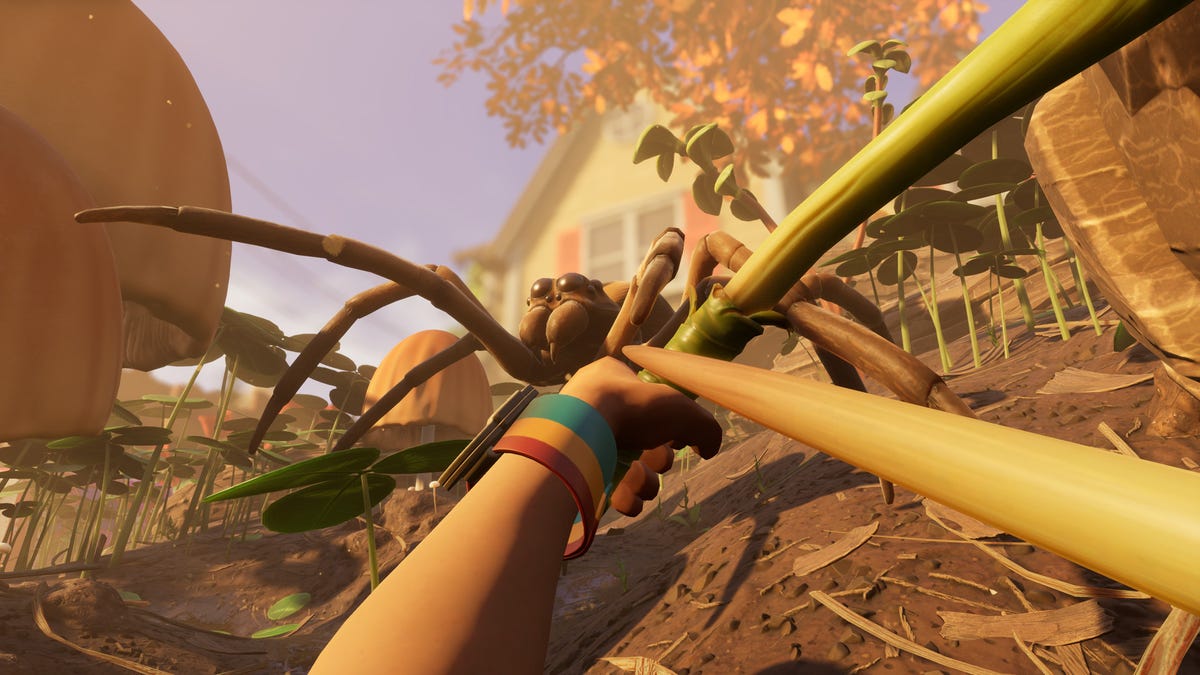
We’ve all walked around a zoo and wondered just how hard it could be to run one. After all, you just need to get the animals in one place and keep them from escaping, right? However, if the plethora of zoo management sims on the market is anything to go by, there is a lot more to it. While many of the games in this ever-growing niche offer players the chance to dive into the finer details of zoo ownership, Let’s Build a Zoo keeps things on the more cartoonish, lighthearted side while also providing a decent challenge.
After being released on Steam in 2021, Let’s Build a Zoo has finally gotten a Switch port, giving fans the chance to take their budding attraction on the go. The game is largely the same as the PC version, with the same pixel graphics and increasingly difficult balancing act that all management simulator games always inevitably become. Players start the game with an investor who expects to earn their money back eventually but also gives them plenty of freedom to decide how to do that.
The animals at your disposal start out decidedly tame, with rabbits, geese, and the occasional snake being the most likely residents in the early days and weeks of the game. Eventually, you’ll be able to trade other zoos for more exciting animals like giraffes and pandas, but the game adds a gnarly twist early on after players unlock the CRISPR Splicer.

Ever wanted to find out what the unholy combination of an owl and a capybara would be called? The answer is the owlybara (of course) and Let’s Build a Zoo is your chance to play God and bring this and other monstrosities into the world for fun and profit. The 60 base animals in Let’s Build a Zoo each have ten colour variants to unlock through breeding. When you take the game’s DNA splicing mechanic into account, there are more than 300,000 animals to incorporate into your zoo.
Let’s Build a Zoo takes a decidedly hands-off approach to your zoo’s opening hours in-game. There are tasks to complete that can help introduce players to the mechanics, but they are also free to go completely off script and experiment. Occasionally, moral dilemmas will pop up and ask the player to do something either obsessively kind or cartoonishly evil, earning or losing morality points depending on what choice you make.
These choices aren’t just for roleplaying purposes; they influence what buildings you can unlock and how you want to expand your zoo. Make ‘kind’ choices and you’ll unlock recycling and environmentally friendly buildings. Make ‘evil’ choices and you install buildings like an abattoir to “dispose” of unwanted animals. It’s a fun system that really makes you think about your choices. The downside of this is that if you are less than totally good or totally evil, you won’t be able to unlock some of the more fun items in the game’s research system.

The game’s hands-off approach to the early hours of playtime does mean that you’ll quickly discover some obvious problems with your zoo. Putting more than a few rabbits in a single pen, for example, is great for attracting customers but not so good if you don’t want a mountain of rabbits in a few short weeks. The tutorial doesn’t tell you things like how to prevent animals from breeding or what to do with them when they get older. We were several hours into the game before we realised that we could donate or euthanise ageing animals to prevent them from dying naturally and lowering our zoo’s rating. A touch more information would have been a huge help at points.
The Switch port of Let’s Build a Zoo is very similar to the original PC version, though the Joy-Con controls aren’t quite as intuitive as a keyboard and mouse. At times the cursor got lost in the chaotic mess of bouncing rabbits that our zoo became, even with its rainbow trail on the screen. Other controls, such as bringing up the radial menu with ‘ZL’ were easy to navigate and soon became our preferred way to investigate issues with our zoo. Overall, these small issues with the game’s controls were largely balanced out by the fun of seeing our animal kingdom expand over time.
Visually, the game looks great on the Switch. The simple pixel graphics translate well onto the hardware. Even on the smaller screen in handheld mode, the game was easy to navigate and see what was happening. The only area that Let’s Build a Zoo falls completely flat is the music, which quickly became repetitive and unpleasant. Fortunately, it can be turned down or even turned completely off within the game’s main menu.

Animals, whether natural or man-made, are stored in enclosures that can be unlocked through the game’s research system. Different animals do best in certain enclosures, so having a variety of them is key to expanding your zoo’s offering. You can also unlock decorations and food vendors to build, giving those who enjoy designing the most beautiful park plenty to do. On top of this, there are animal diets to balance, staff to recruit, and ticket prices to adjust. There is always another plate to keep spinning as you play the game. And because many of the game’s systems and features are interconnected, it means that a small change could have unexpected consequences.
Fans of management sims will find plenty to keep them occupied with Let’s Build a Zoo. Despite the occasionally frantic activity on the screen, the game is relaxing to play, and the hands-off approach to tutorials means that you can play at your own pace — even if some information could have been made more obvious. There are ways to blast through the first few hours and unlock loads of animals quickly, but it is equally possible to take your time and let events unfold organically.
Conclusion
There is a lot to love about Let’s Build a Zoo. Players can get stuck into the minute details of managing their own zoo or they can take a more relaxed approach to building an animal empire, but the amount of freedom is really what makes this game stand out among other management sims on the market. The sheer variety of animals on offer and the charming visuals make up for the monotonous music and sparse tutorials. This is a solid choice for players who are looking for something fun to play at a bargain price.








